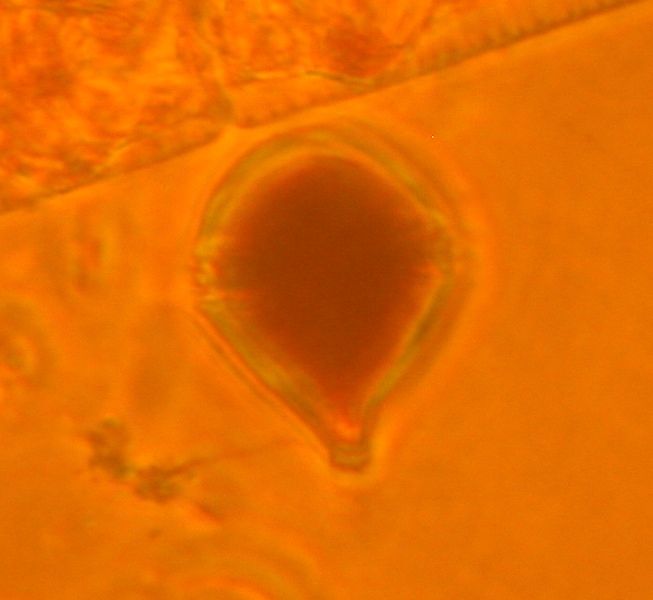Dinoflagellates
(2 – >200 µm cell size)
Dinoflagellates are best known for the “red tides” they can produce, some of which involve the production of toxins that can impact human health through respiratory irritation or even the bioaccumulation of lethal concentrations in tainted shellfish. About 60 dinoflagellate species are known to produce toxins that vary in their structure and effects, such as saxitoxin, which is associated with paralytic shellfish poisoning (a neurological disorder) or okadaic acid, which is associated with diarrhetic shellfish poisoning (a gastrointestinal disorder). Both of the aforementioned toxins can affect humans through the consumption of tainted seafood.
Despite their bad reputation, not all dinoflagellates are harmful to clams or people. As major contributors to total phytoplankton biomass in coastal waters, many species of dinoflagellates are food sources for clams. Dinoflagellates store food as starches and fats, which make them nutritious for clams. Even some toxic species can be consumed by clams without ill effect, although they may still represent a human health threat.
Common Species:
Below you will find a list of example dinoflagellate species. When you click on a species in the list, you will find a biographical sketch with information about what the species looks like, where and how often it was found in the UF studies (see Sampling Locations for sampling dates and locations), and the potential “good” and “bad” effects on clams. Most species have the potential to harm clams if they form dense blooms; however, the “good” and “bad” categories on this page refer to the acceptability of individual cells as food items.
Akashiwo sanguinea
Found in: Indian River
Site(s): Sebastian
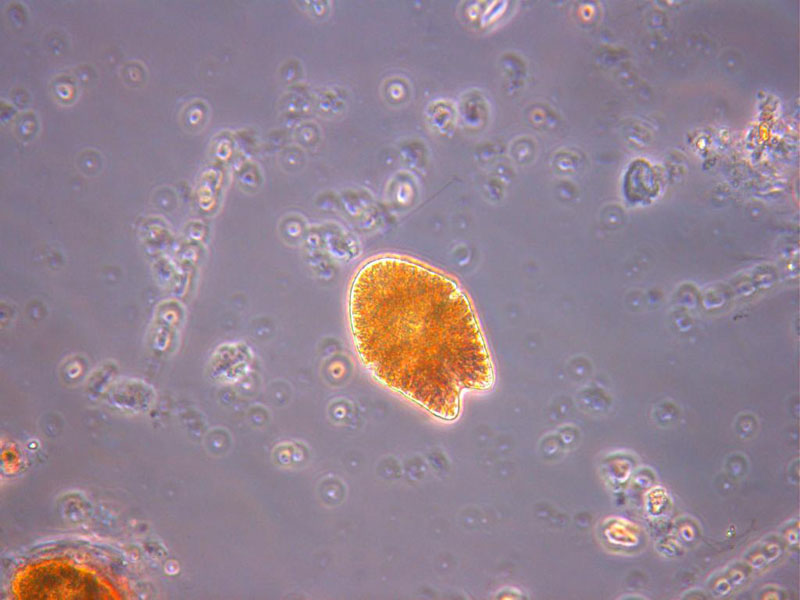
Amphidinium operculatum
Found in: Indian River
Site(s): Sebastian
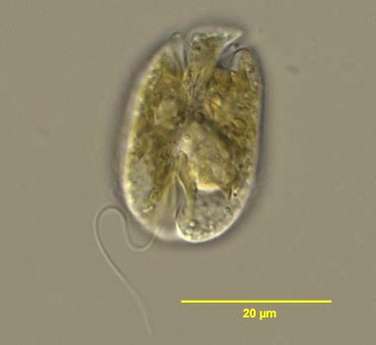
Ceratium hircus
Found in: Indian River and Suwannee Sound
Site(s): Sebastian DE;GJ;PI;HB;PR
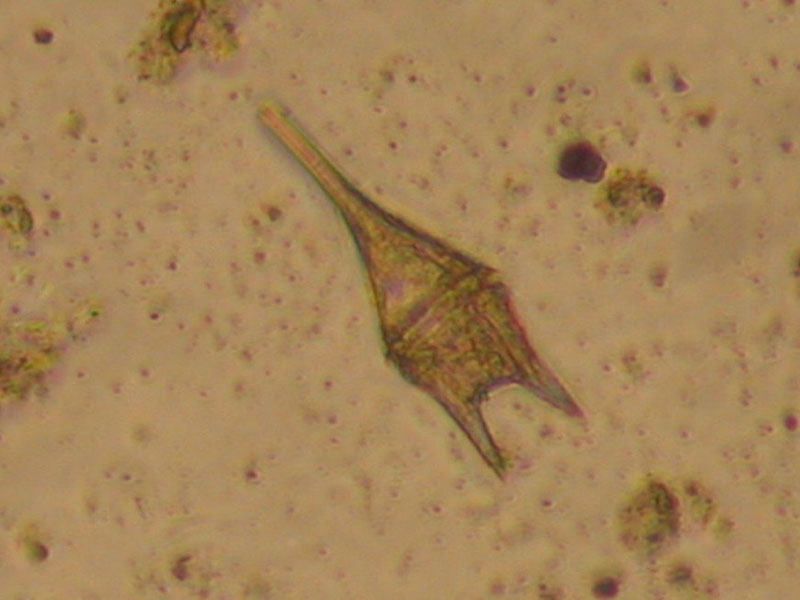
Dinophysis caudata
Found in: Indian River and Suwannee Sound
Site(s): Sebastian DE;GJ;PI;HB;PR
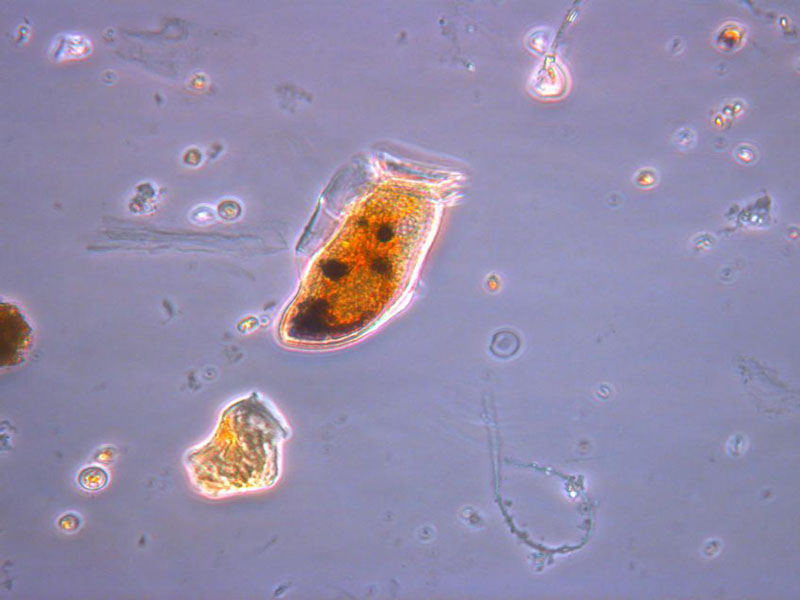
Gonyaulax polygramma
Found in: Indian River and Suwannee Sound
Site(s): Sebastian HB
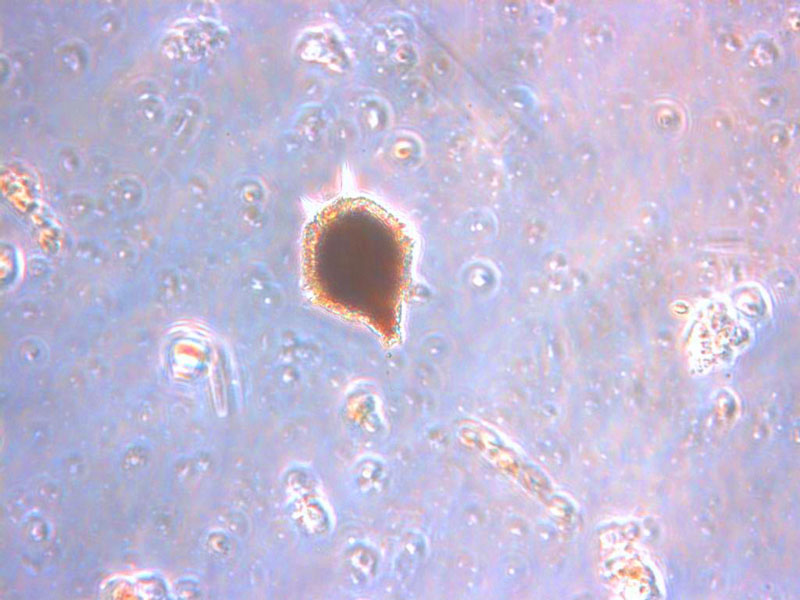
Gonyaulax spinifera
Found in: Indian River and Suwannee Sound
Site(s): Sebastian DE;GJ;PI;HB;PR
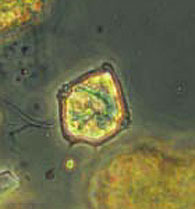
Gyrodinium estuariale
Found in: Suwannee Sound
Site(s): DE;GJ;PI;HB;PR
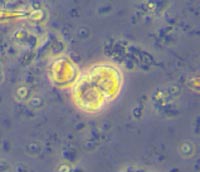
Gyrodinium spirale
Found in: Indian River and Suwannee Sound
Site(s): Sebastian DE;GJ;PI;HB;PR
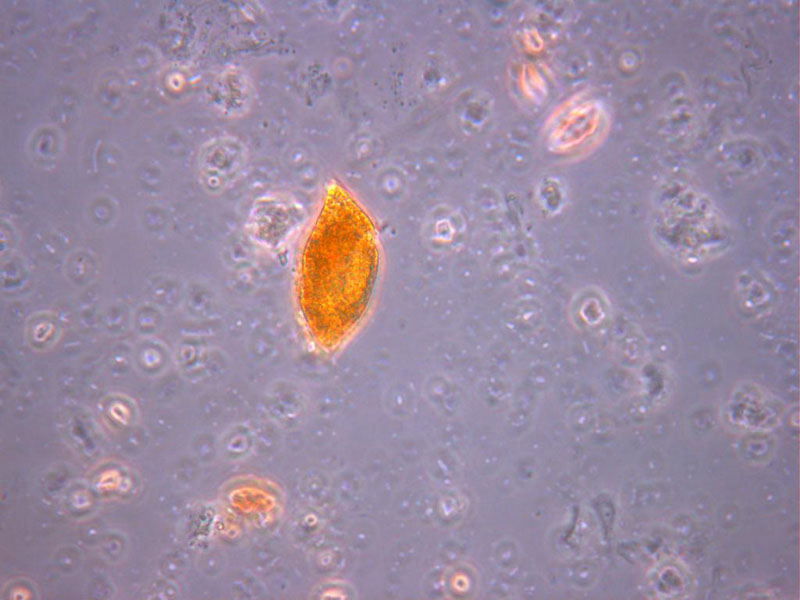
Karenia brevis
Found in: Indian River and Suwannee Sound
Site(s): Sebastian DE;GJ;PI;HB;PR
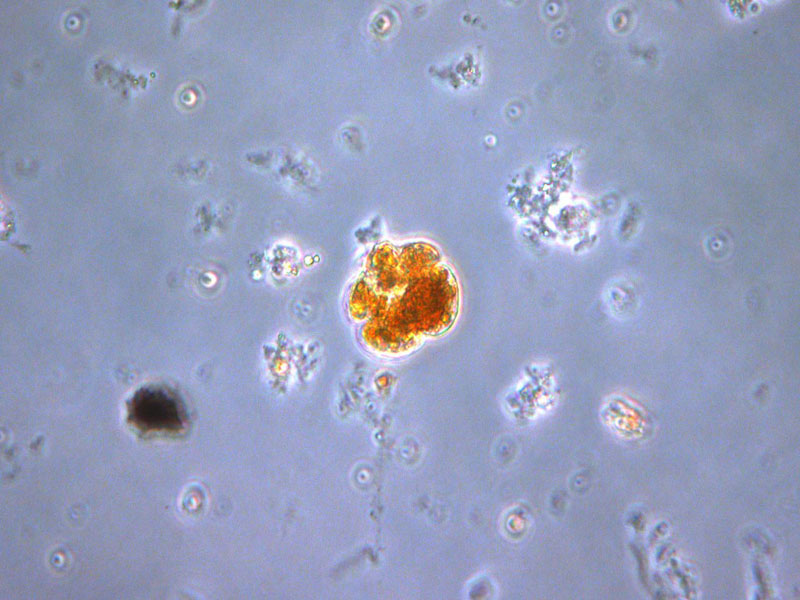
Katodinium rotundatum
Found in: Indian River and Suwannee Sound
Site(s): Sebastian DE;GJ;PI;HB;PR;SR
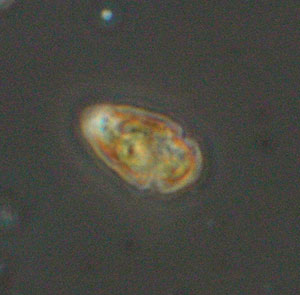
Pheopolykrikos hartmannii
Found in: Indian River
Site(s): Sebastian
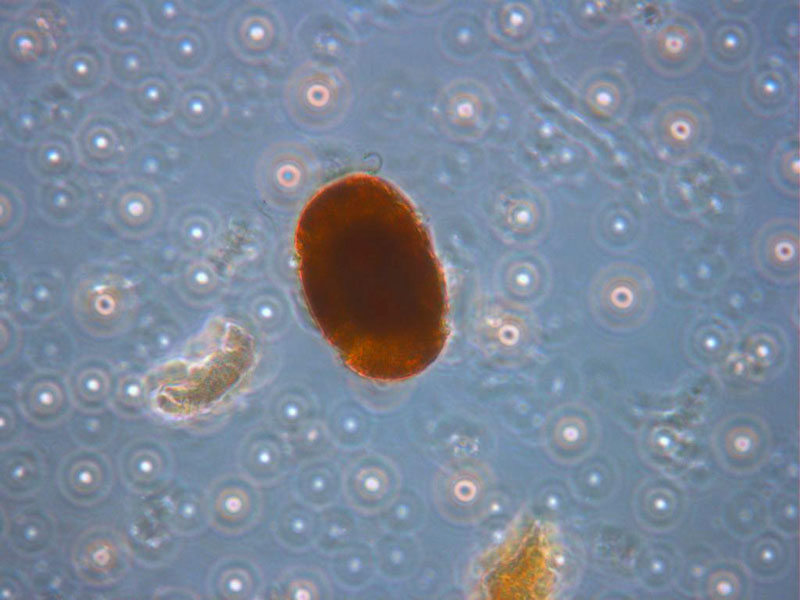
Prorocentrum micans
Found in: Indian River and Suwannee Sound
Site(s): Sebastian DE;GJ;PI;HB;PR;SR
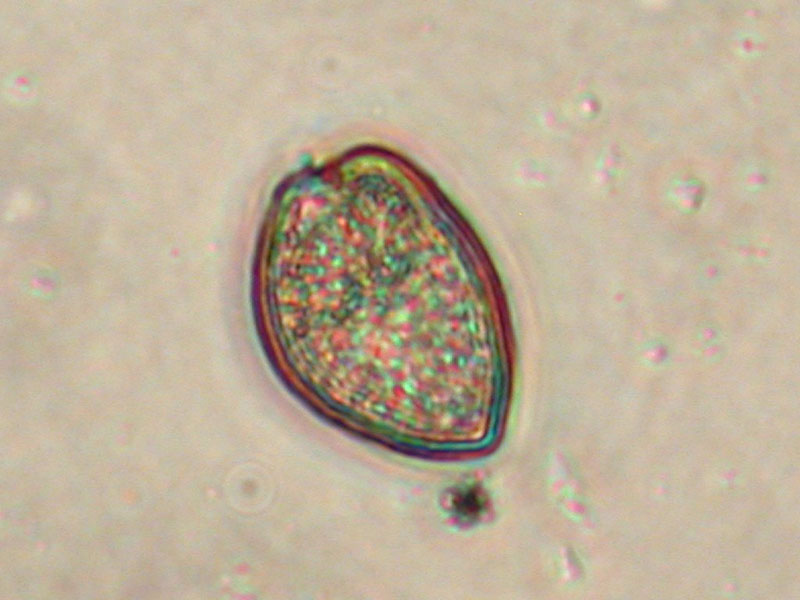
Prorocentrum minimum
Found in: Indian River and Suwannee Sound
Site(s): Sebastian DE;GJ;PI;HB;PR
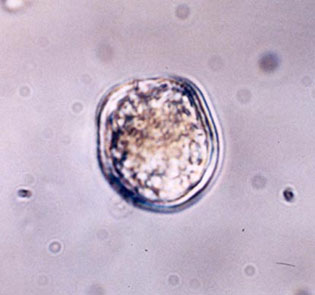
Pyrodinium bahamense var. bahamense
Found in: Indian River
Site(s): Sebastian
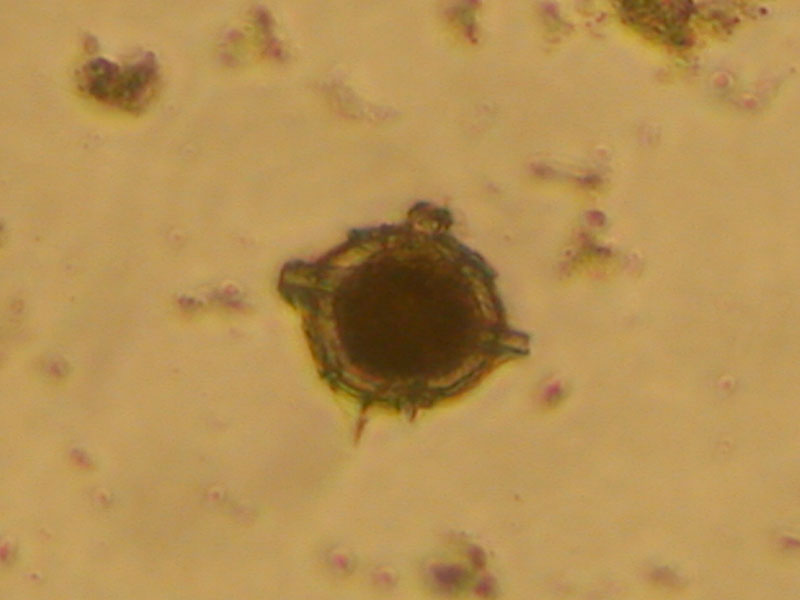
Scrippsiella spp.
Found in: Indian River and Suwannee Sound
Site(s): Sebastian DE;GJ;PI;HB;PR
